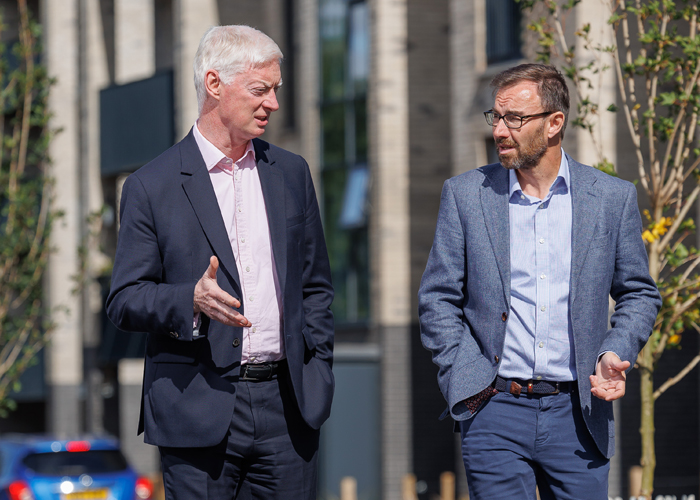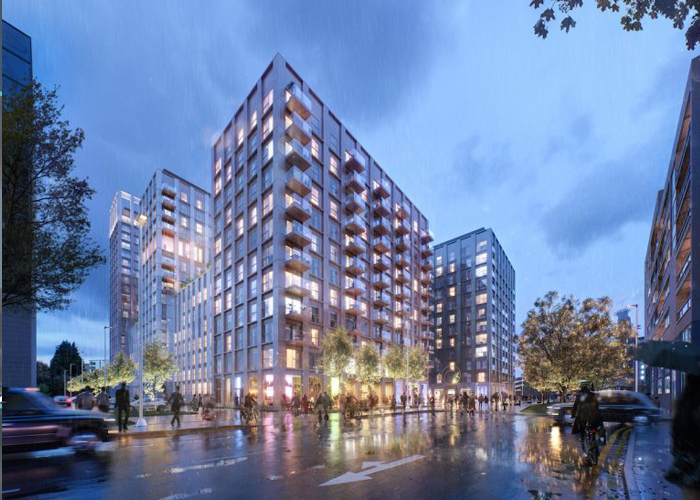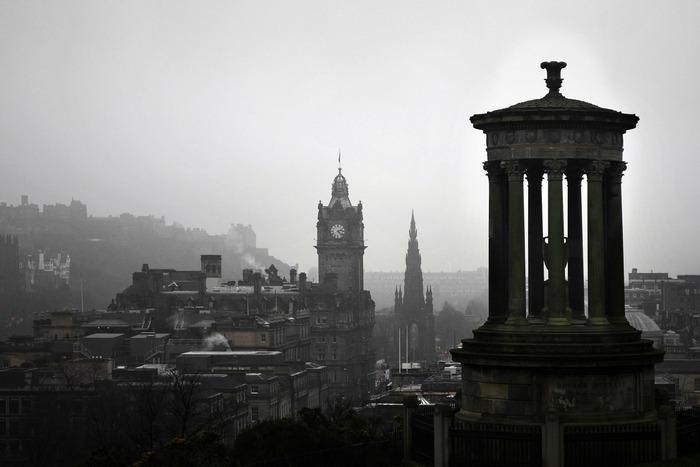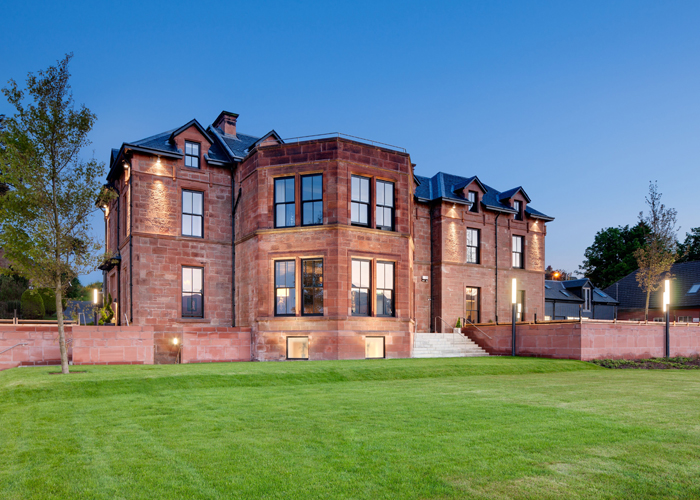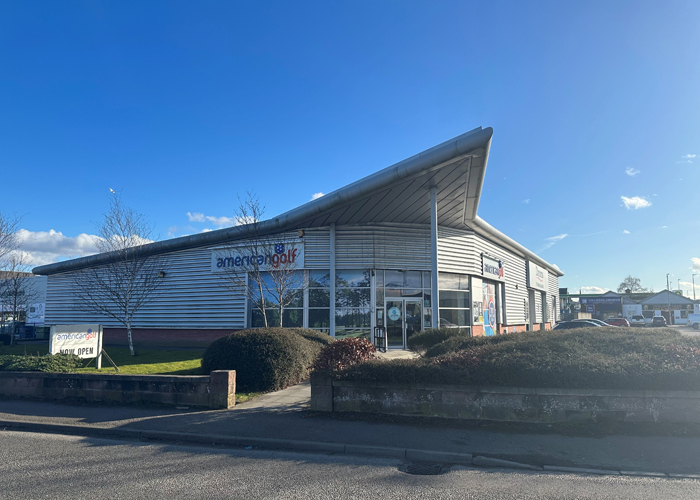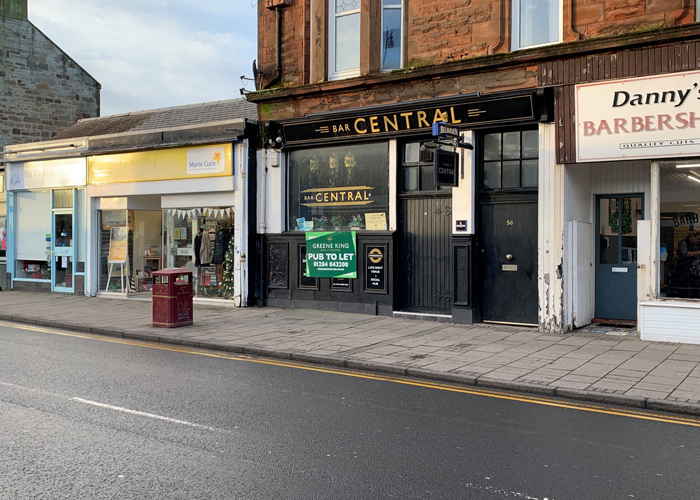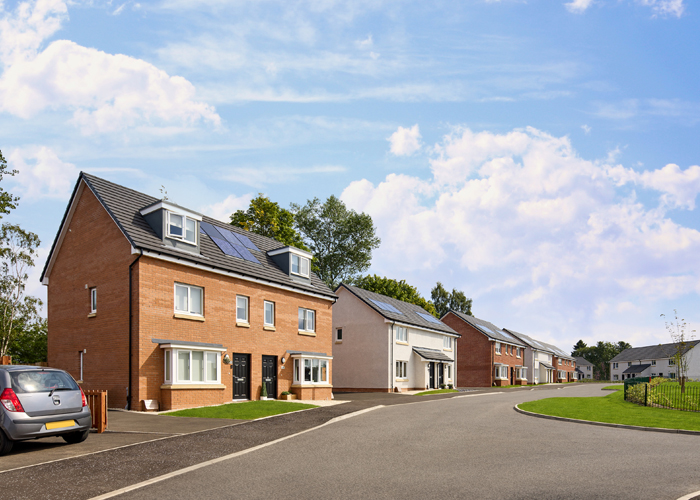MOSAIC Architecture + Design, one of Scotland’s most experienced practices, has submitted a planning application on behalf of HMH One Clyde for a £18M new bespoke hotel development on the site currently occupied by Oswald House and the adjacent vacant site on the Broomielaw.
The site, at 66-74 Broomielaw Street, Oswald Chambers and 9 Oswald Street, is located within Glasgow city centre close to Central Station and within walking distance of the city’s many amenities.
Forming a prominent corner of the Broomielaw with excellent views of the river Clyde and the arterial railway lines linking into Central Station, the site sits within the International Financial Services District, and designated Glasgow Central Conservation area.
Oswald Chambers and 9 Oswald Street are both B Listed buildings. The gap site between Oswald Chambers and the Clydeport Building is currently vacant.
Neil Haining, Director of Mosaic, said: “The height of the proposed design is five storeys, with upper floors articulated to form enlarged feature dormers referencing those of Oswald Chambers.
“This contemporary interpretation of the traditional roofscape creates interest at high level and preserves the views of domes to the adjacent Clydeport building.”
The Broomielaw has a special place in the history of Glasgow and served as a main city artery long before the advent of cars. With the development and industrialisation of the Clyde, shipbuilding, docks and trading created a dense urban streetscape along the Broomielaw. Glasgow’s post-industrial identity crisis severed this connection with the Clyde, and the waterfront was largely abandoned.
Grand buildings such as The Clydeport Building by J.J Burnet still stand, whereas the many warehouses, boarding houses and shops which supported the previously vibrant trade route have vanished.
Alec Knowles, director at HMH One Clyde, said: “Today, there are many vacant plots and brownfield sites along the Clyde. Such sites must be reclaimed as viable pieces of urban fabric to prevent unnecessary expansion and achieve Glasgow’s long-term aspirations for a high-quality built environment.
“Redevelopment of this prominent corner site will fill a long vacant brownfield gap and contribute to the revitalisation of the Clyde waterfront.
“Glasgow is anticipating a rise in demand for dedicated short stay accommodation with increased activity forecast in both the tourism/ leisure and business conferencing sectors, which this development will directly address.”




